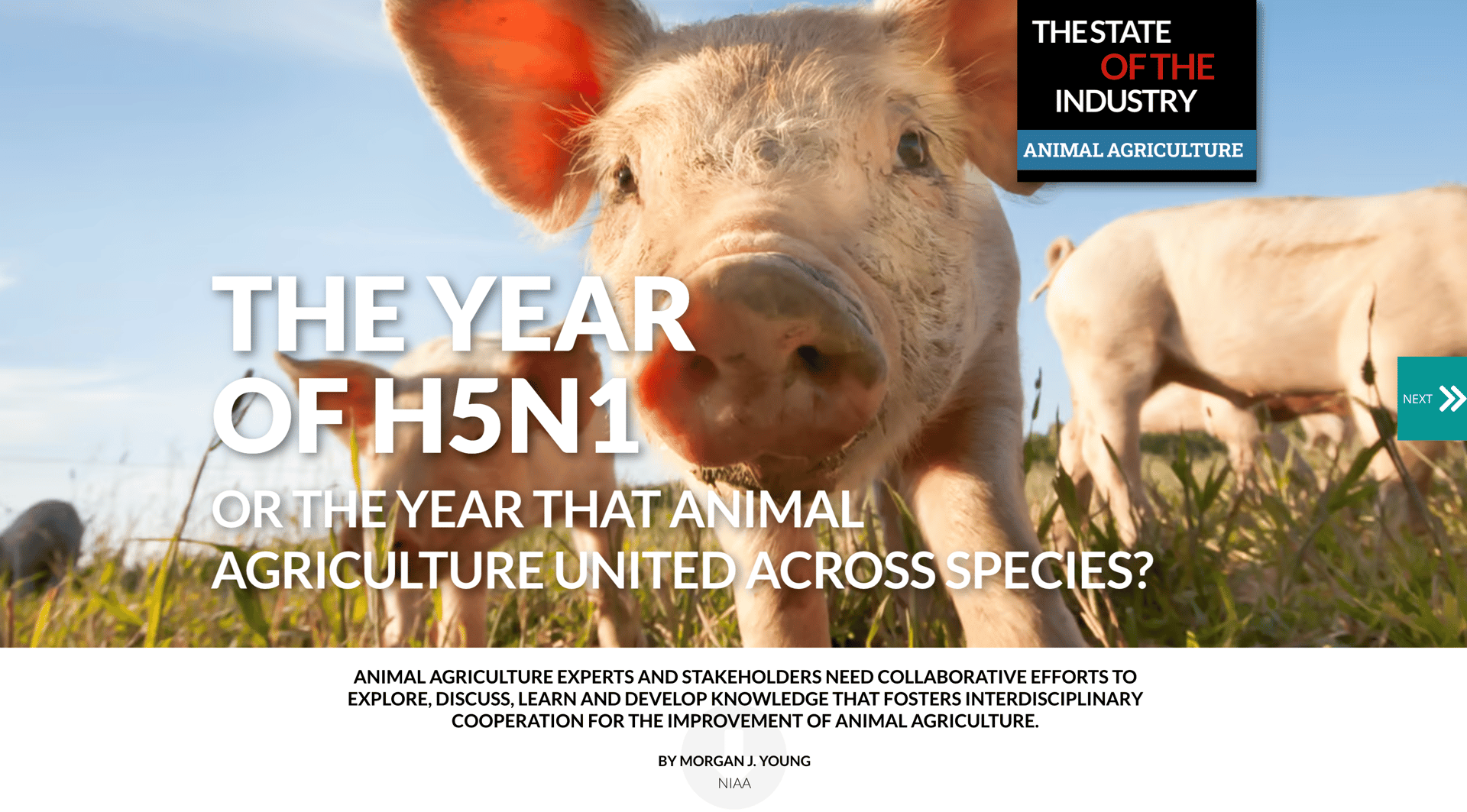Meal kits, packaging that offers no mess, and labels with information on nutrition appeal to younger shoppers.
National Chicken Council
By Tom Super
Broiler Production Outlook
Chicken in the year ahead, if not significantly longer, has a semi-golden opportunity to become an even more important player in the agricultural animal sector and in consumers’ diets. But, for a few reasons, it is difficult to characterize the opportunity ahead as being “solid” gold.
Chicken production increases in recent years have been somewhat muted when compared against the long-run historical average annual gain, but chicken production monthly percentage increases since mid-2024 have been running at rates above the five-year average. This has some analysts signaling the beginning of stronger output gains in 2025 and beyond. Abundant corn and soybean harvests have made feed costs more manageable for broiler production.
Paramount to this semi-golden outlook is the downturn in the beef cattle cycle. Most cattle analysts expect that 2027 will be the earliest time when the beef cycle begins to turn upward, and more than a few analysts see the timetable extending beyond 2027.
Cold storage chicken inventories are measurably under year-ago levels as well as under the five-year average. Analysts tend to evaluate this trend as a positive demand development. Egg sets on a percentage change have been aligning closely with the five-year average but have begun since mid-2024 to tick-up.
With per capita chicken consumption over 100 pounds, it will be increasingly necessary to develop new successful products for both the at-home and away-from-home markets. Affordability will continue to be most important to most consumers. Savory, tasty products that appeal to a broad range of consumers can help make premium products have a better opportunity to overcome the food budget constraints.
Chicken poised to meet the needs of consumers in 2035
In the decade ahead, fast prep time, easy-to-prepare, single-serve packaging and other time savers will be priorities for Gen Z and younger Millennials who buy fresh chicken, according to recent research that was presented at this year’s Chicken Marketing Summit.
67% of Gen Z say that fast prep will be a priority in five years. Meal kits, packaging that offers no mess and labels with information on nutrition are especially appealing to Gen Z who in five years will likely be in a different stage of lifestyle, balancing work and families.
Based on the research findings, chicken companies were given recommendations to:
- Make it easy for consumers to choose, buy and prepare chicken meals fast;
- Reinforce the established benefits of chicken; consumers are resistant to plant-based and lab-grown meat alternatives; and
- Offer transparency for sustainable practices and other practices related to social causes and the environment.
Three-quarters (76%) of consumers indicated that corporate responsibility matters to their purchase decisions for food. Gen Z is most likely to care about social causes; Gen Z and Younger Millennials are most likely to care about transparency in sustainability initiatives. From the farm to the supermarket, chicken companies have a great sustainability story to tell. In addition to health, taste and value, this can firmly establish the relationship with the younger generation of consumers, maintaining chicken’s position as the preferred protein.
Highly pathogenic avian influenza
The chicken industry will continue to operate all of their live production farms with the strictest safeguards against highly pathogenic avian influenza (HPAI), a disease that continues to inflict worldwide damage to poultry. Although broiler farms have been fortunate with avoiding HPAI compared with other poultry species, that good experience provides only limited assurance that damage will not occur in the future.
Regulation after regulation after regulation
To be sure, Salmonella is a potentially dangerous food-borne bacteria. It occurs naturally in chickens. That’s why we stress the need to always cook chicken to an internal temperature of 165°F and to avoid cross-contamination in the kitchen. When those steps are followed, there is absolutely no danger of food-borne illness from chicken.
Chicken producers work continuously and closely with US Department of Agriculture (USDA) to reduce the presence of Salmonella in and on chicken. The industry has implemented new controls and interventions and supported modernized poultry inspection. As a result, we are meeting and exceeding USDA’s rigorous food safety standards.
Yet, USDA’s Food Safety and Inspection Service (FSIS) on July 29th published its wide-ranging and complex Salmonella Framework for Raw Poultry Products proposed rule that would fundamentally alter how raw chicken is regulated… and granted industry just 60 days to analyze and comment on the rule.
NCC and the chicken industry attempted to engage with FSIS for the past two years during the formulation of this proposed Salmonella Framework, and unfortunately, our input was largely disregarded.
This proposal will raise the price of chicken and cause millions of pounds of safe-to-eat, if properly prepared, chicken to be sent to landfills rather than dinner tables – an unconscionable thought given there are 44 million Americans who are food insecure.
We remain committed to further reducing Salmonella and fully support changes in food safety regulations that are based on sound science, robust data, and are demonstrated to positively impact public health. However, we are concerned this proposal is not based on any of those.
Conclusion
America loves chicken. It’s a healthy, economical and versatile source of protein that sustains our country and is arguably the most important food in the world. NCC in 2025 will continue to keep it safe, affordable and on our plates.
Tom Super is senior vice president at the National Chicken Council.
Photo credit: Getty Images / deepblue4you / Getty Images Plus


